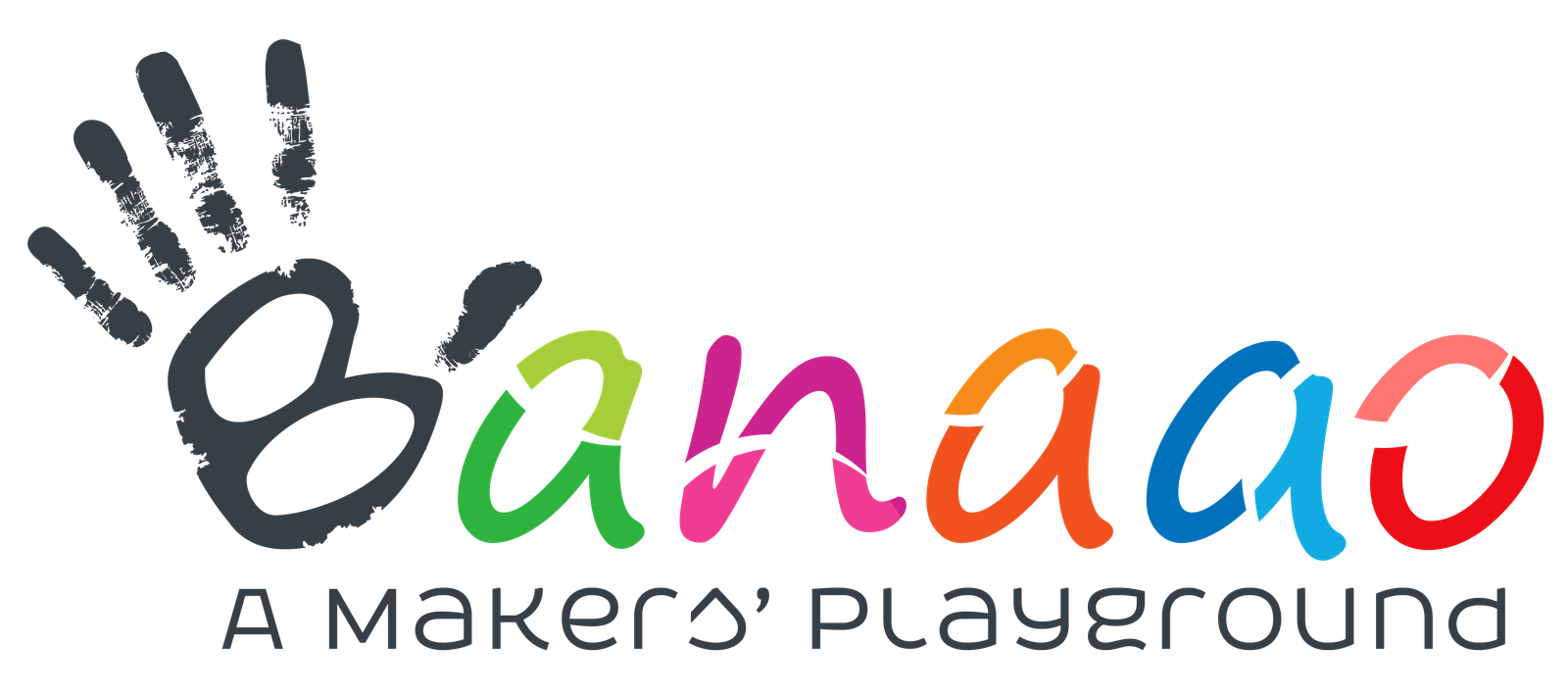This article has been adopted from : https://www.printedelectronicsworld.com/articles/22758/smart-textile-alliance-new-initiative-to-advance-e-textile-technology
Smart textiles is a fascinating industry area with a significant amount of potential. Developing at the fringes of the electronics/flexible electronics and textile industries over the last 20+ years, it has achieved significant progress towards important new commercial products for a variety of applications. IDTechEx has been covering the e-textiles industry for the past decade, most prominently via the latest report on E-textiles, which forecasted a potential market size of $1.4bn by 2030. However, significant challenges remain, and one of the most cited relates to the development and standardization of connectors and other related technology within products.
About Smart Textile Alliance
The Smart Textile Stack
The Smart Textile Stack is a framework to group components that are important to standardize.
- Layer 1: Fibres (yarns) and Fabrics, including breathable films, non-wovens and other soft and flexible materials that form the circuits. A standard for a rigid connection point will enable common interconnection to flexible or fibre-based substrates.
- Layer 2: Electronic connectors suitable for cloth. No existing connectors fit to textiles and there is a need for a connector that can attach to textiles, with a similar form factor as the fasteners we know from trousers, bras, jackets etc.
- Layer 3: A processing and communication platform that can execute software and make the data available to cloud services.
- Layer 4: Handling and care of the garment. There are currently no labelling standards for washing smart textiles and no systems available for recycling these types of garments.
check out here:- https://www.instamojo.com/prem91sagar/e-textiles-starter-kit/?ref=store
